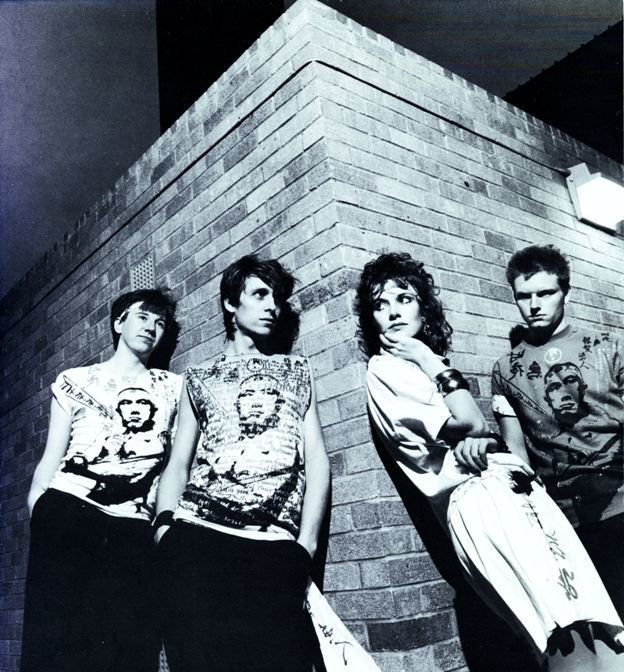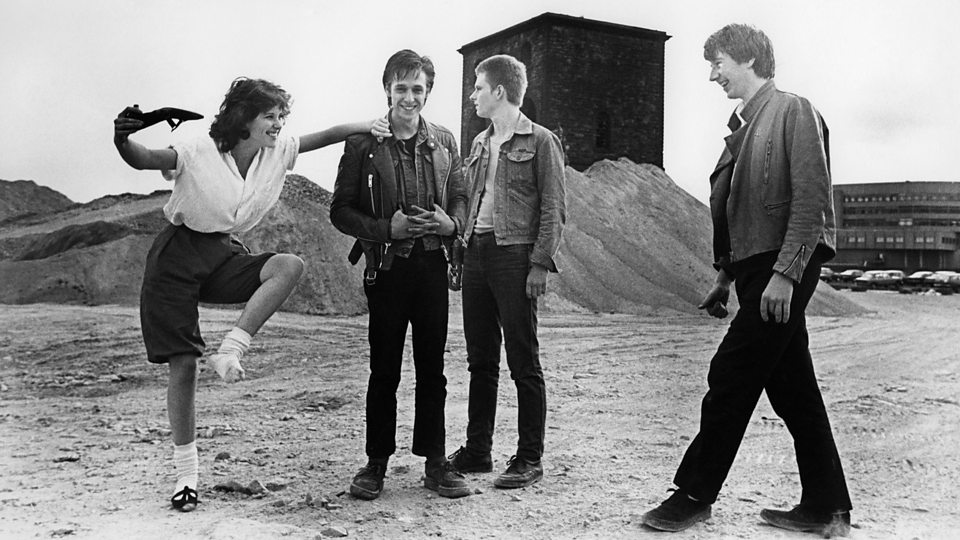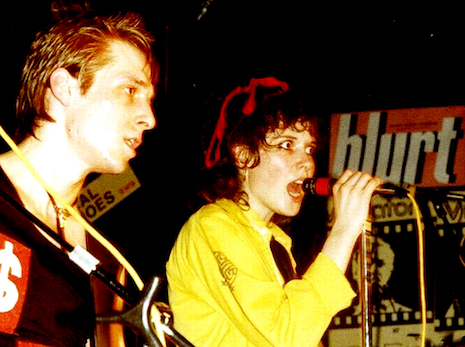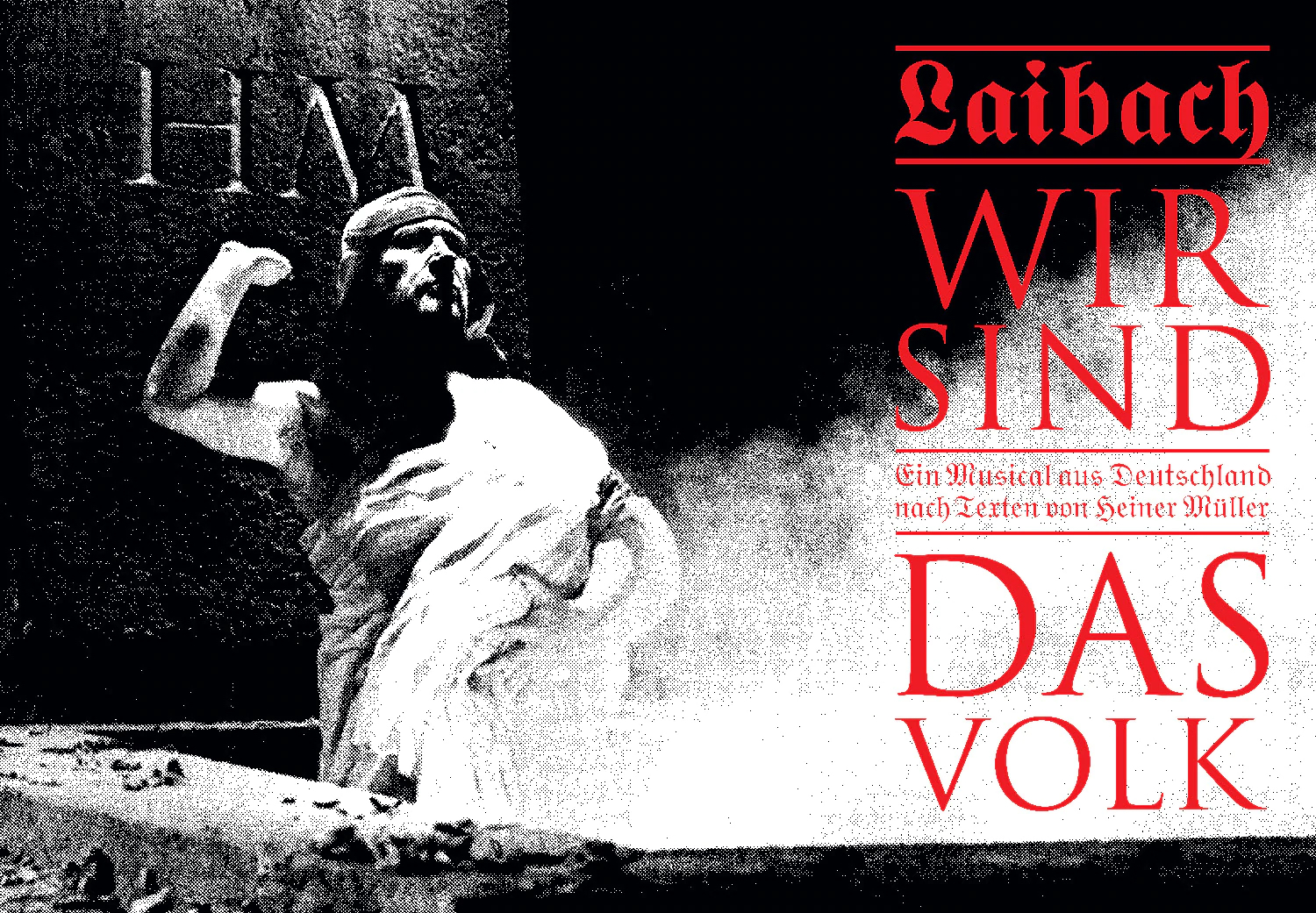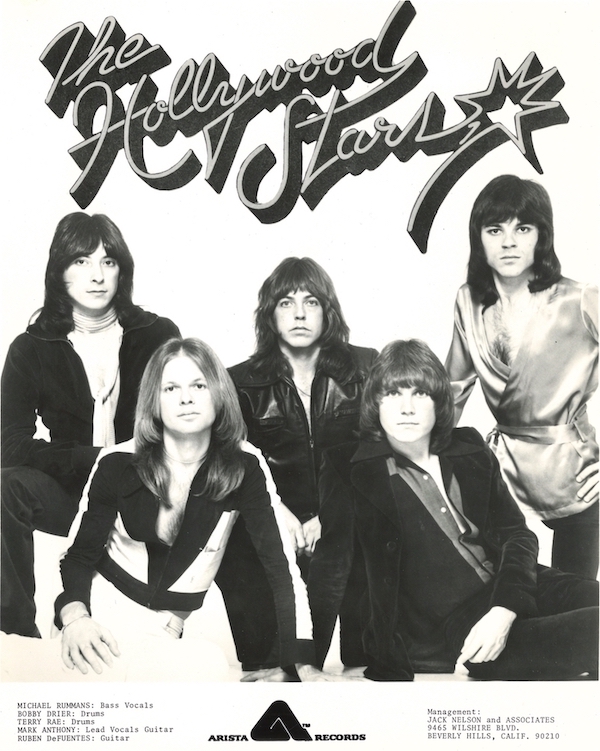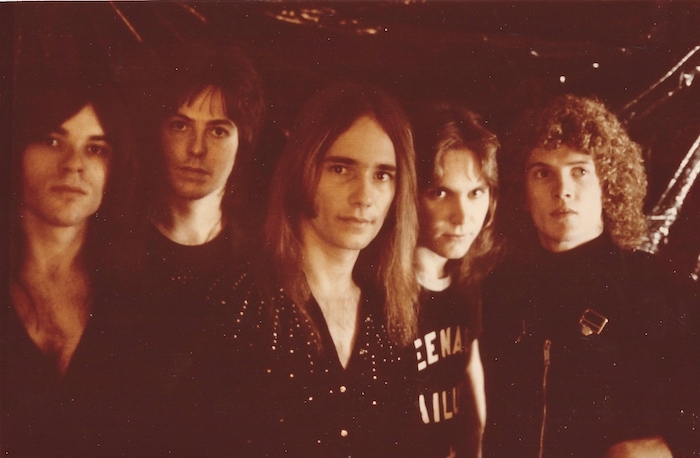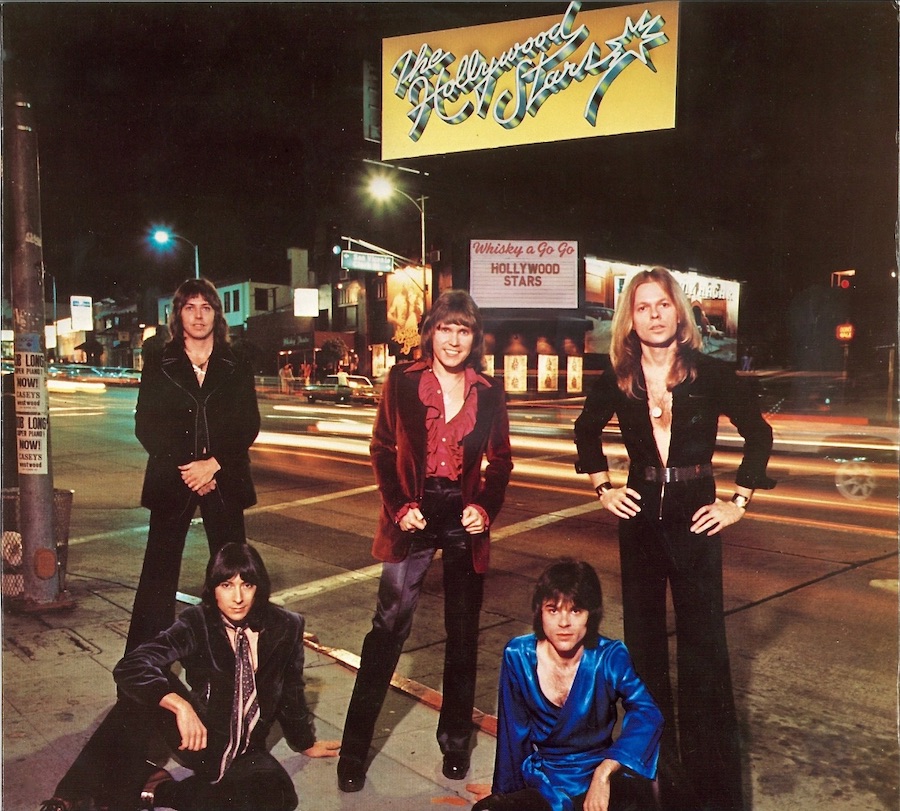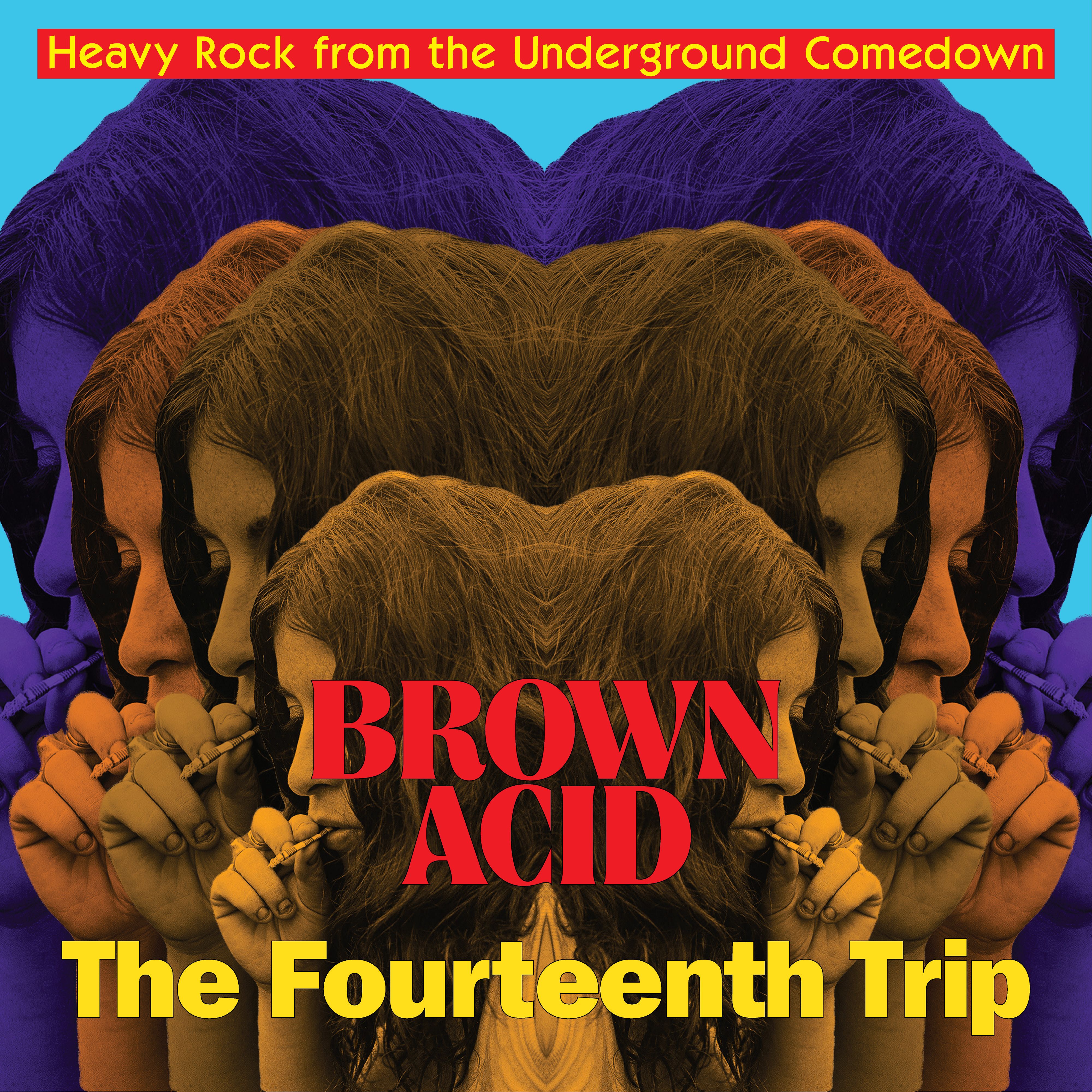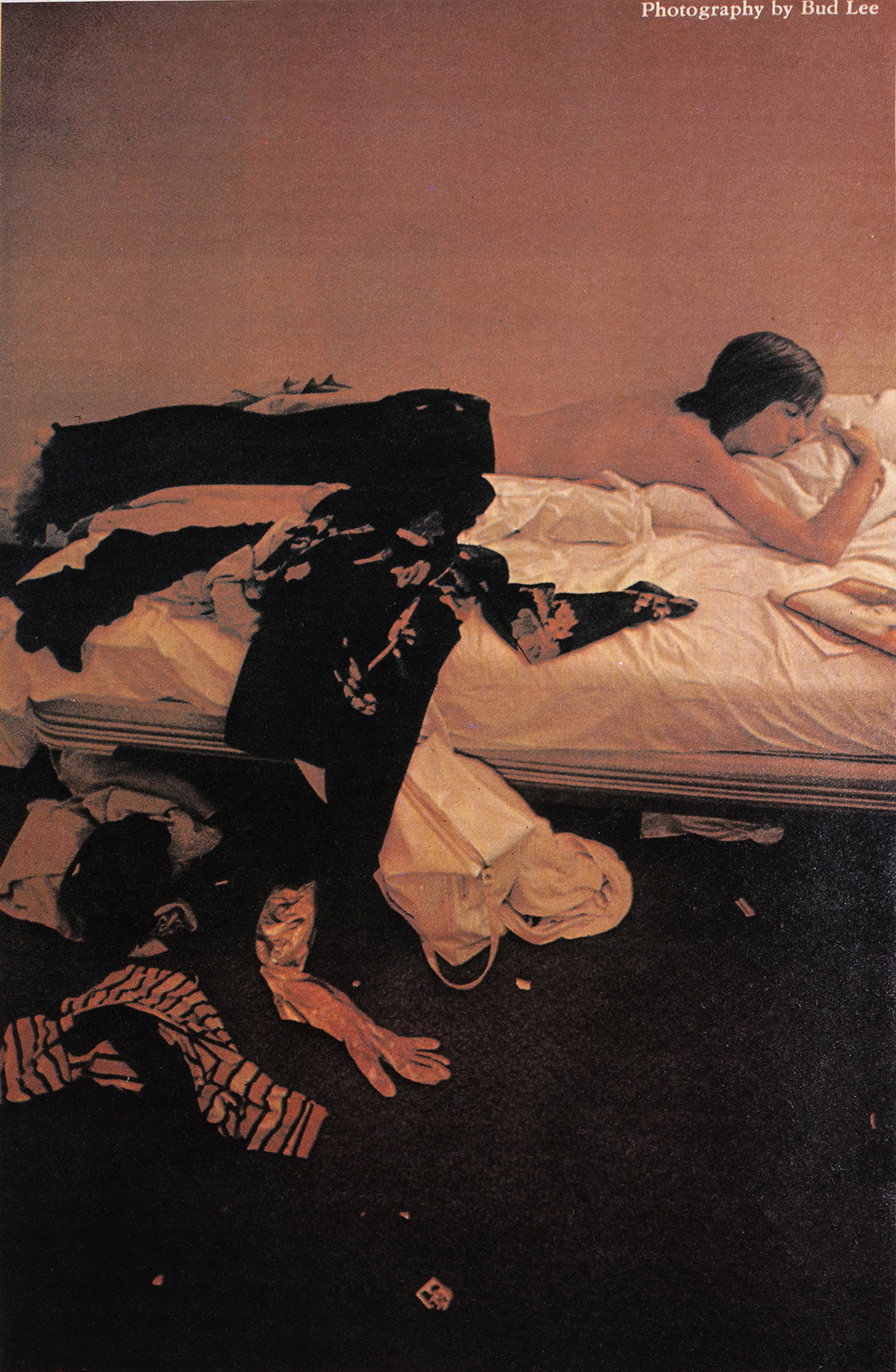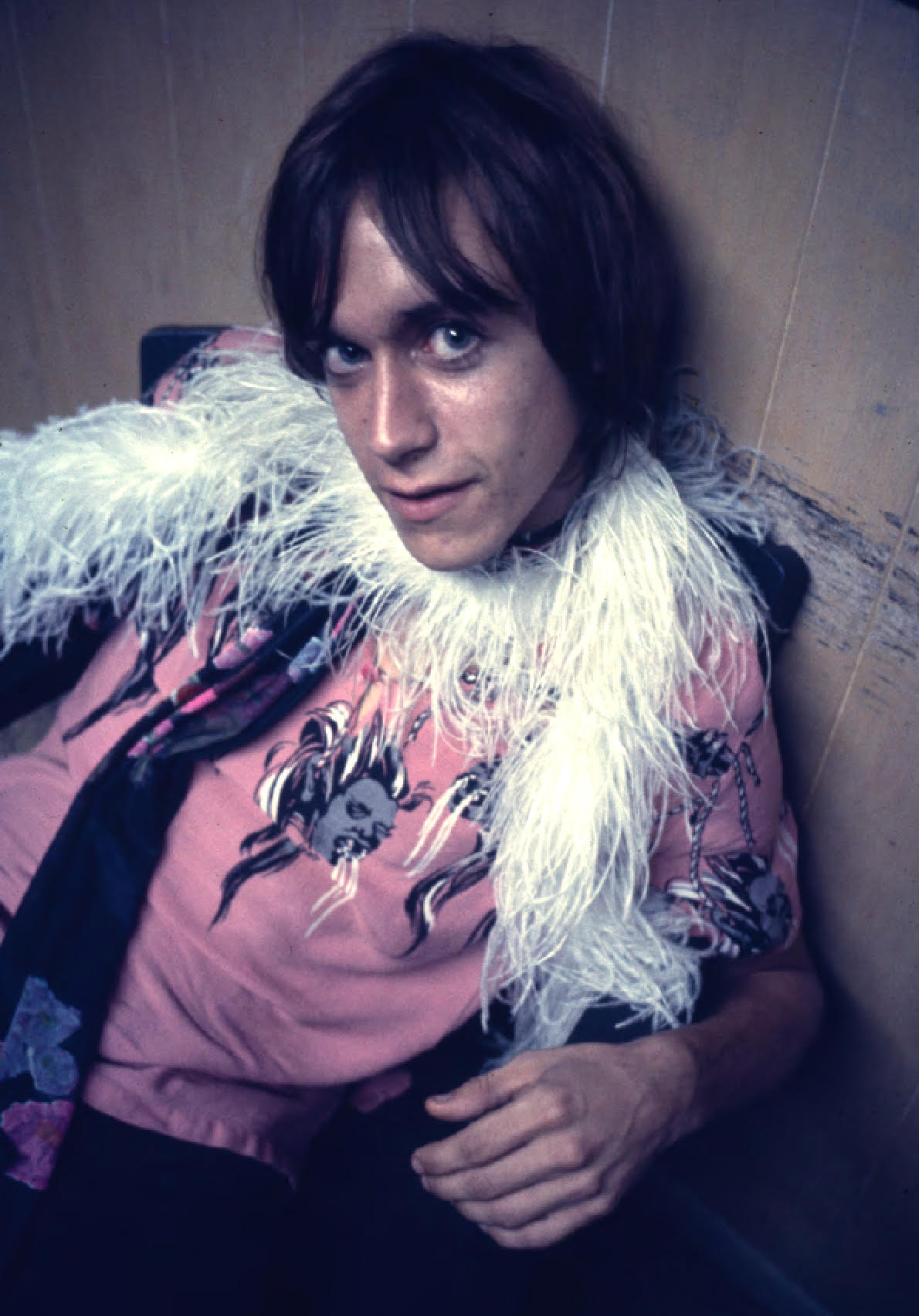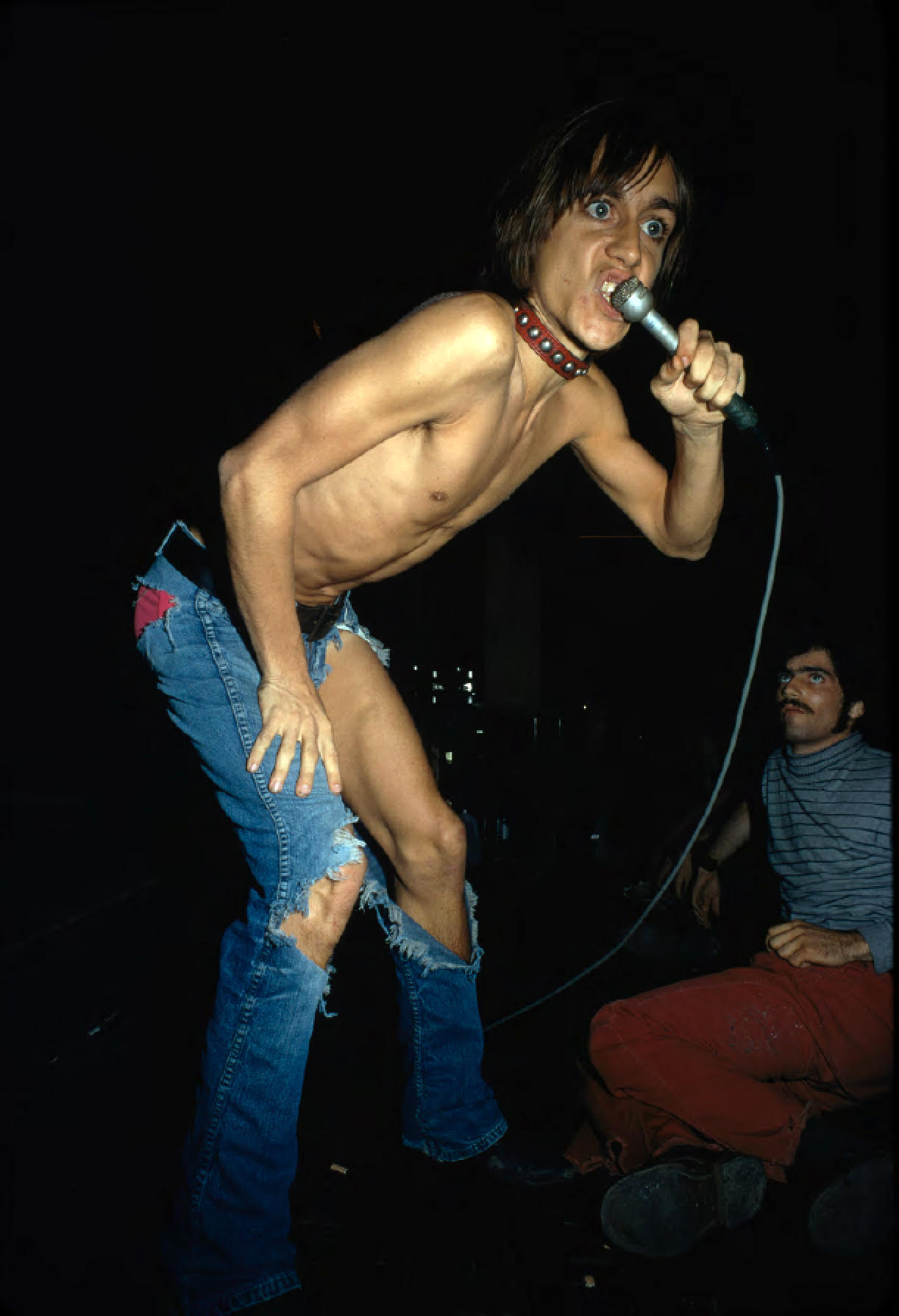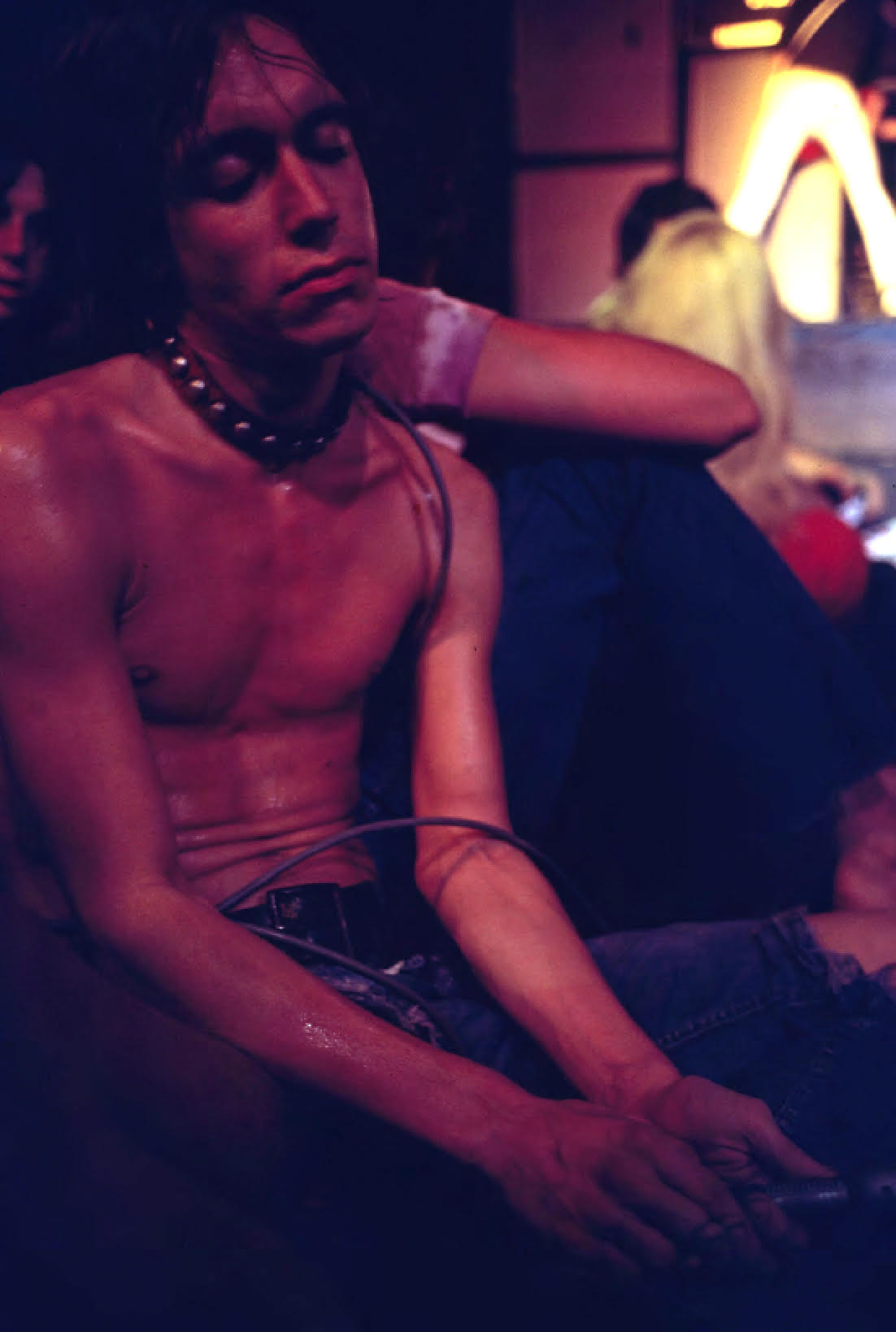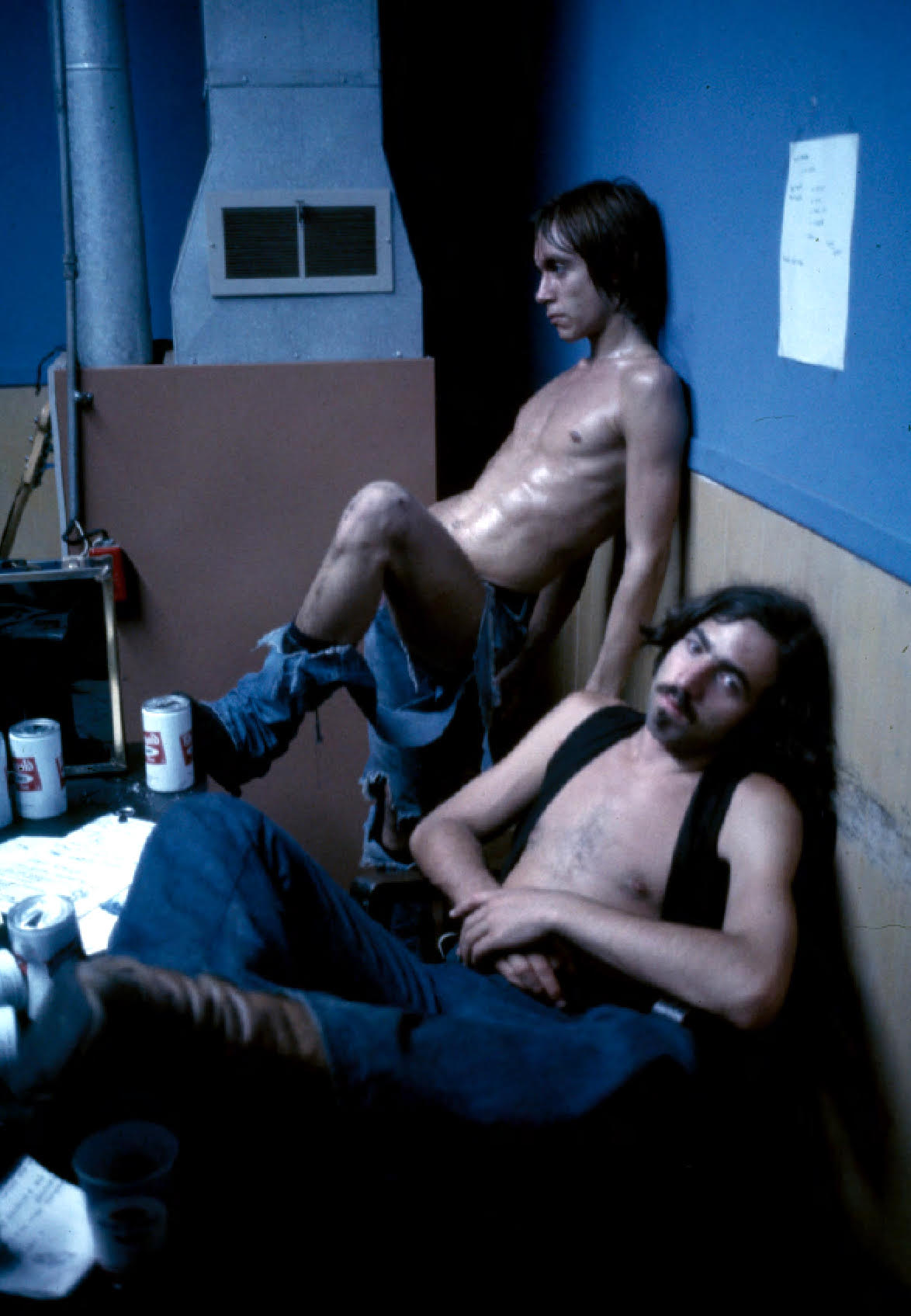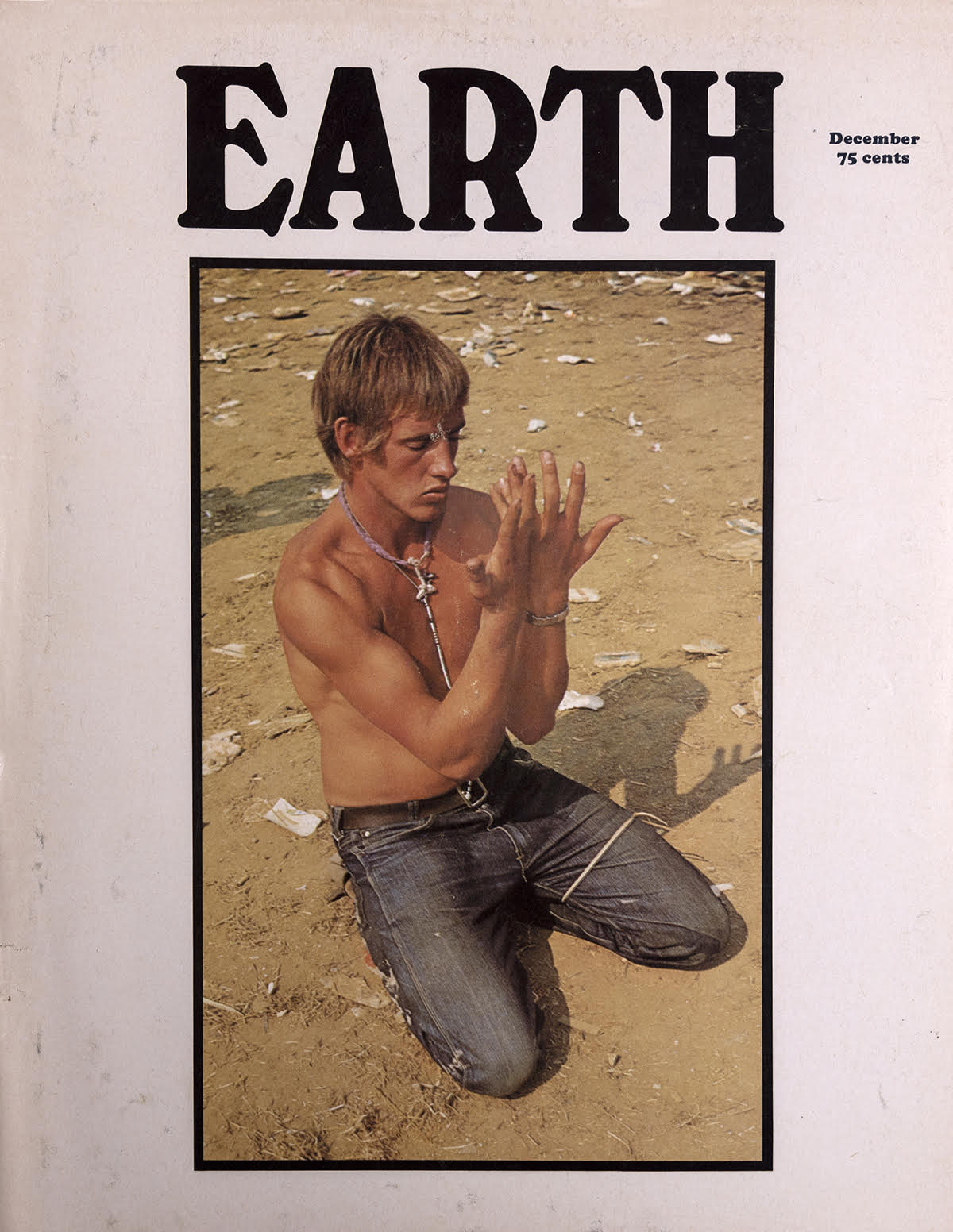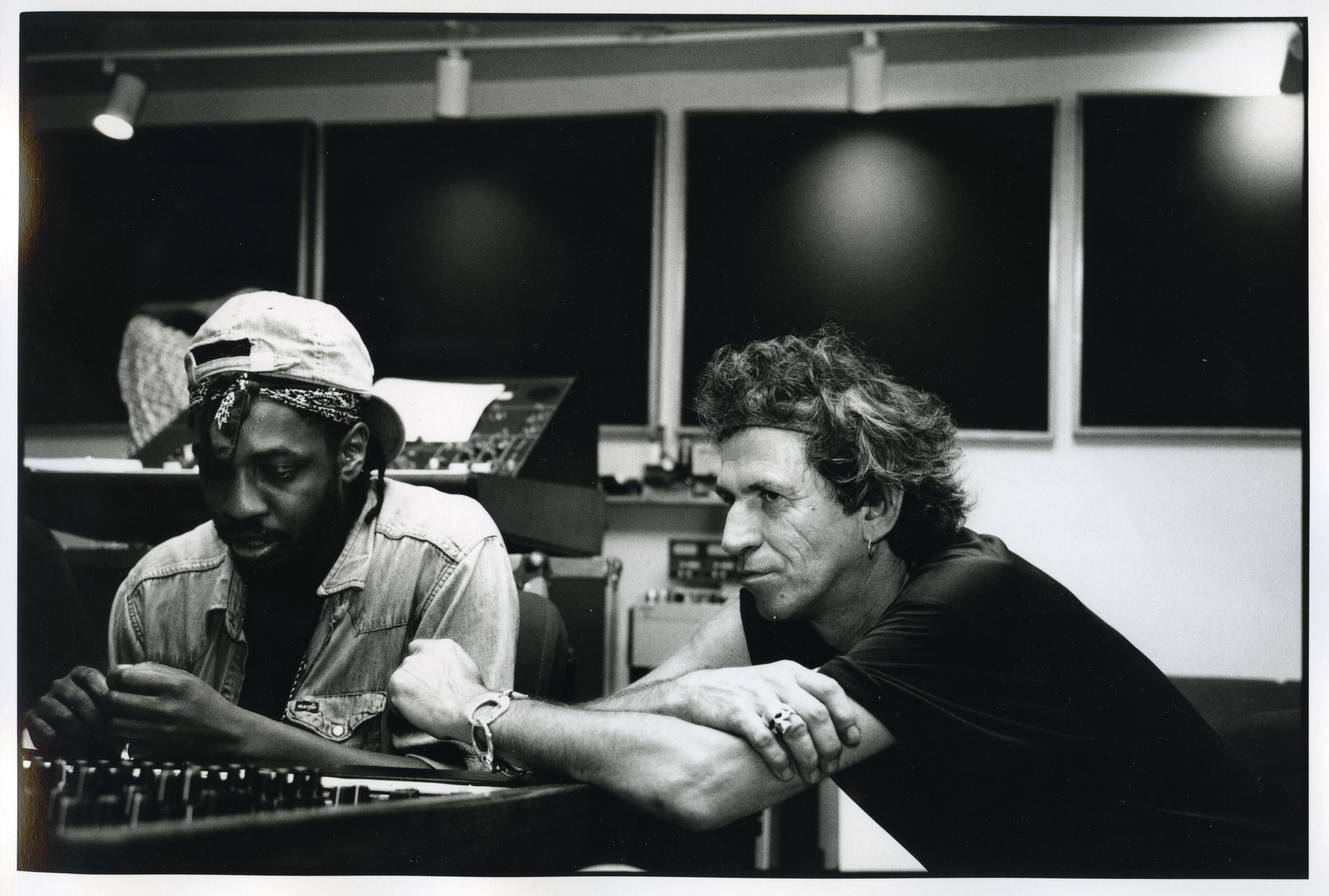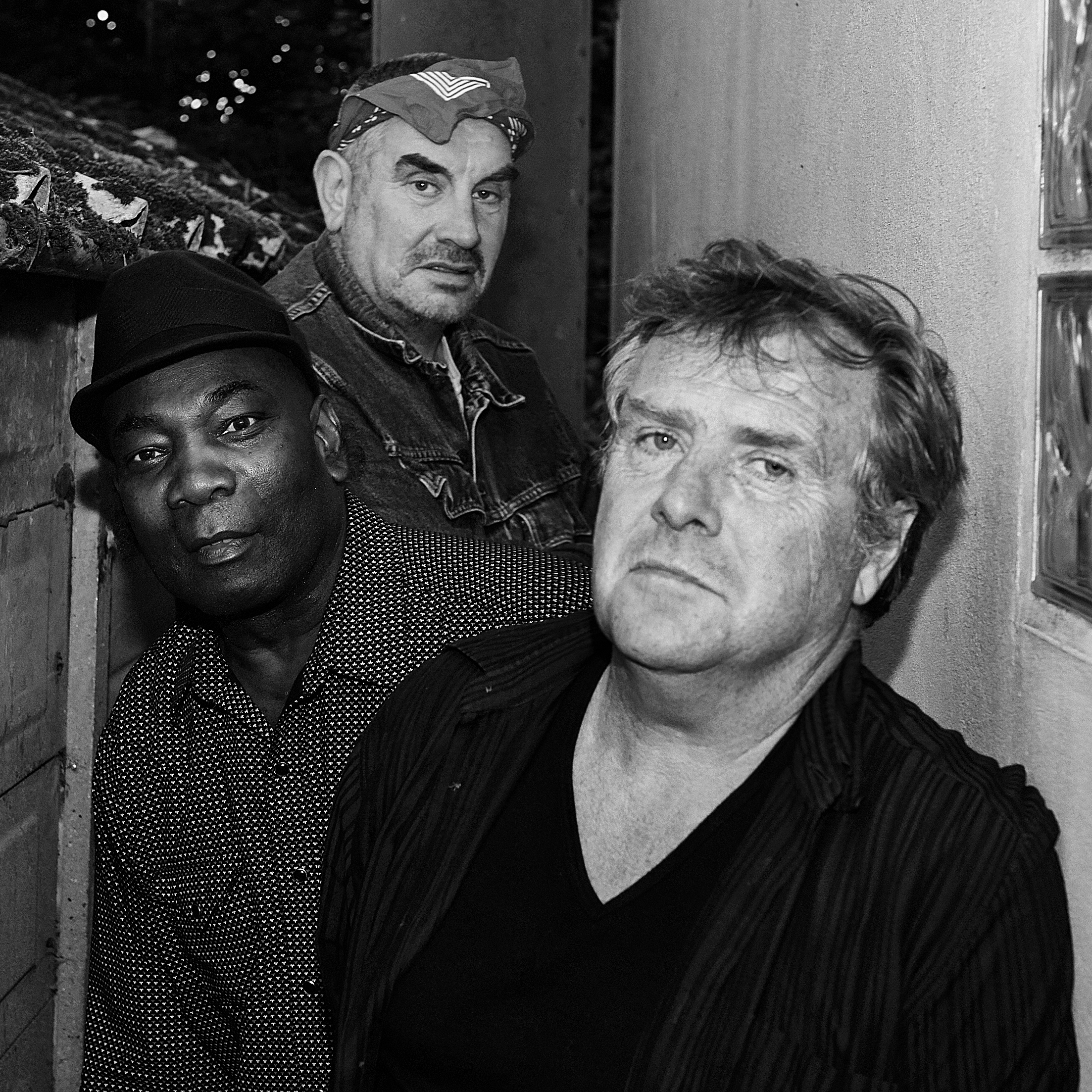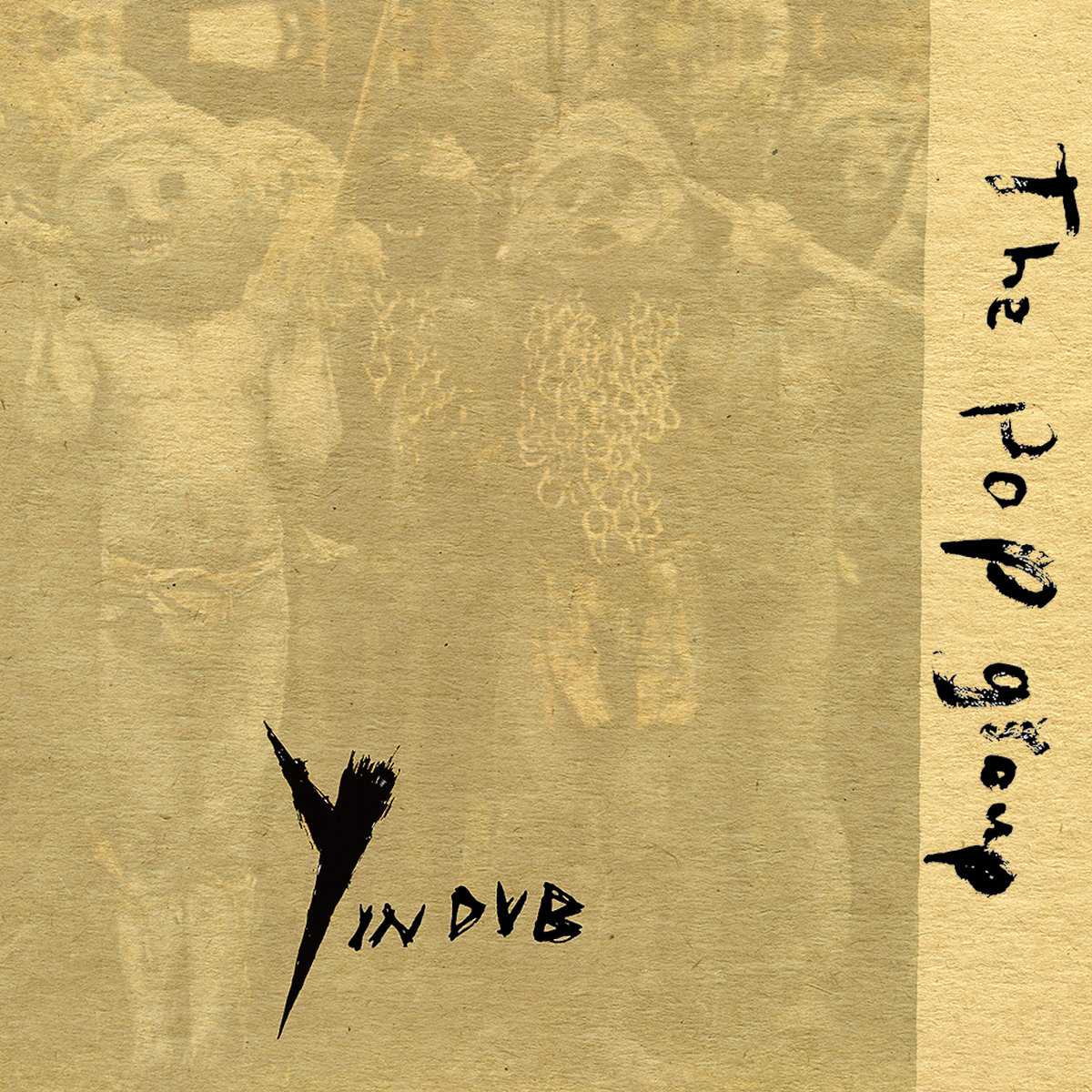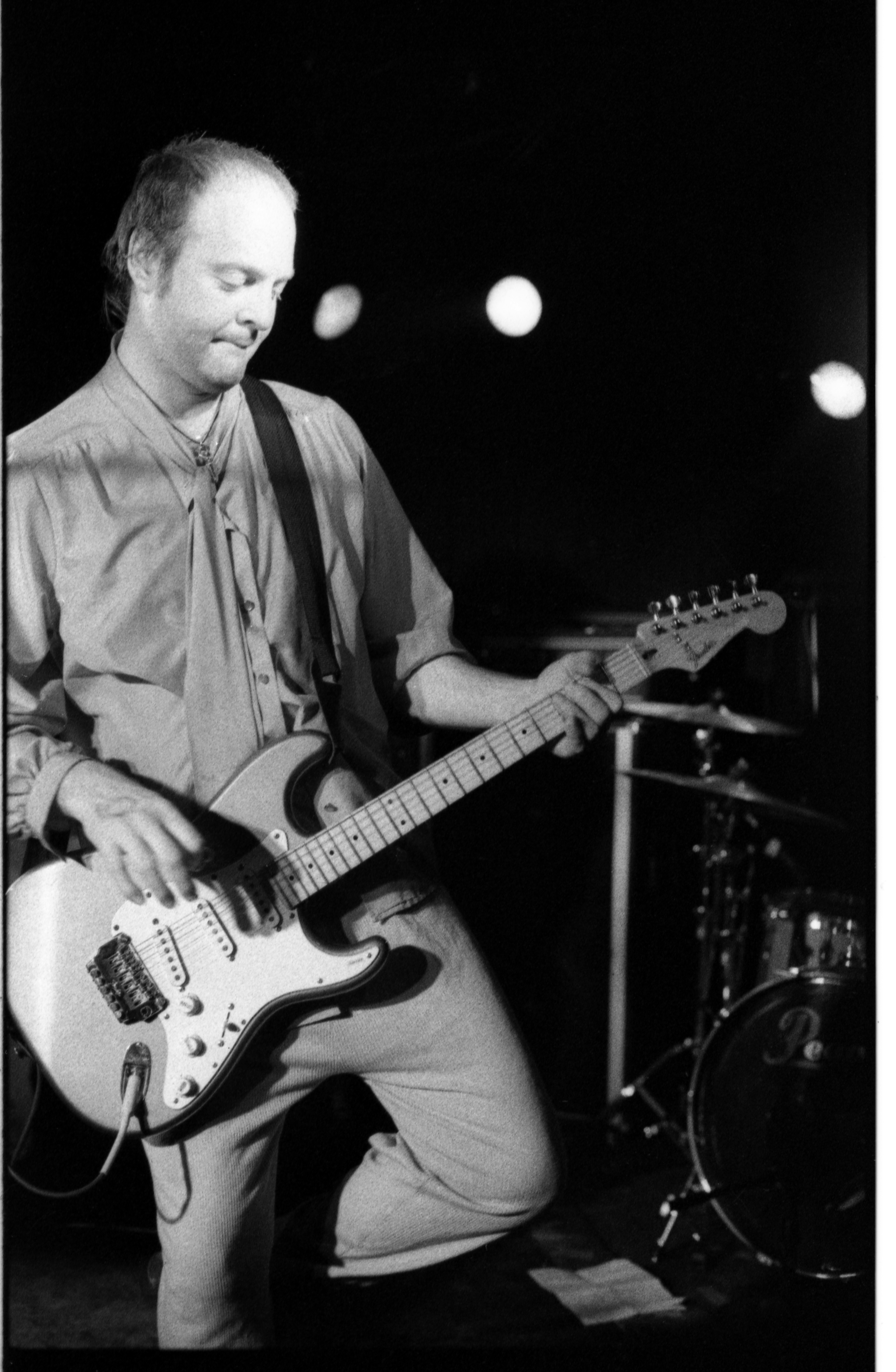
The following is an excerpt from the liner notes to Riches to Rags, by Bob Mehr, the NY Times best-selling author of Trouble Boys: The True Story of the Replacements.
The work of The Replacements’ co-founder and legendary lead guitarist, Bob Stinson has been well chronicled since his tragic passing in 1995. In addition to the expansions of The Replacements catalog, Stinson’s post-‘Mats work – in the prog-psych band Static Taxi and his collaborations with punk vet Sonny Vincent in Shotgun Rationale – have all been collected and anthologized. But unaccounted for in that discography is the time Stinson spent as Bleeding Hearts’ lead guitarist.
Although Stinson’s shadow looms large over the history of the band, Bleeding Hearts were the brainchild of singer, songwriter, and guitarist Mike Leonard. Raised in suburban Minneapolis, Leonard cut his teeth on the punk rock of The Clash. By his late teens he’d become a skilled guitarist with a Rolling Stones obsession (and a magnificently exaggerated Keef-style coif to go along with it).
After moving to uptown Minneapolis, the then-21-year-old Leonard launched Bleeding Hearts in 1990 as a trio initially, with drummer Bob Herbers and bassist Rob Robello. Leonard was eager to expand the fledgling band into a two-guitar lineup, but finding the right player proved tricky.
“We went through about four or five guitar players in a short span,” recalled Leonard. “The last guy we had decided to leave the band when his car caught on fire after a show with his guitar and amp in it. I guess he took it as a sign to quit.”
A habitué of The Uptown bar, Leonard made the acquaintance of one of its other regulars, Bob Stinson. “I was at The Uptown five nights a week then, and Bob was hanging out there too,” he said. “I struck up a conversation with him. Actually interrupted him telling a joke—I told the punchline.”
At the time, Stinson—many years removed from The Replacements—was still in the midst of a long run with his group Static Taxi. “Static Taxi was very much Bob’s thing musically,” said Leonard. “It was all his favorite stuff: Yes and Steve Howe and psychedelic Beatles elements—that’s what his heart was really into, and which didn’t have a home in The Replacements.”
“Bleeding Hearts were actually more like The Replacements, more like a classic rock ‘n’ roll band. Since we were admittedly influenced by The Replacements, I figured why not have Bob Stinson play guitar? When I approached him about playing with us, he agreed.”
Stinson arrived at Bleeding Hearts’ practice space with his Fender Quad Reverb in tow, several sheets to the wind. “We started playing together, but it was total cacophony,” recalled Leonard. “The whole time we’re playing, Bob keeps saying, ‘You guys should get Jamie Garner to play guitar.’ At first, we’re like, ‘No, Bob, we want you.’ But after about an hour of this cacophony, we were like, ‘Uh, Bob, who’s this Jamie Garner guy again? Can you introduce us?’”
Stinson did just that, connecting the band with Garner, a vet of Twin/Tone Records outfit The Leatherwoods. Garner, a skilled player in his own right, joined Bleeding Hearts and spent much of the next year playing with the band. “Jamie was great, a phenomenal guitar player who took us up a couple notches,” said Leonard. But by the end of 1991, Garner had decided to move to San Diego and Bleeding Hearts second guitar slot was open once again.

Photo: Dan Corrigan
This time, Stinson—at loose ends after the breakup of Static Taxi—approached Leonard about joining the band. “Bob saw us one or two times, and he decided he wanted in,” said Leonard. “This time I was a little bit skeptical, but he was determined to play with us.”
At the time Stinson was living with his mother and stepfather, on the other side of town from Leonard. “It was the dead of winter and he trudged from way down on East Lake Street to where I lived over on West Lake Street,” said Leonard. “It was freezing outside, and he was wearing a light windbreaker and no hat or gloves. By the time he got to my apartment his face was red and frozen.”
“But we sat down and played guitars and he learned every one of our songs in a single sitting. He could be a really quick study. We banged out all the tunes and he came up with some embellishments that worked perfectly. Came up with all these cool harmonized guitar parts. I think he was happy to join the band and start playing around again. We were almost trying to resurrect him in a way too; he’d been written off by a lot of people by that time.”
Leonard also made the generous, if perhaps unwise, move of inviting Stinson to come live with him. “I had this sense that the only way I’d be able to keep him in check was if he moved in with me,” said Leonard. Exactly ten years younger than Stinson, Leonard took on the role of a younger brother as well as caretaker. The two played together daily, roughhoused like little kids, rehearsed with the band five times a week, and listened to music the rest of the time.
“Bob had these stacks of speakers that he brought with him. And he’d just crank his music so loud,” said Leonard. “Bob would be dissecting the very first ten seconds of like an Urge Overkill song or something. Needle dropping it over and over again. He would analyze a one minute section of a song. He really heard music microscopically.”
By this point, Bleeding Hearts were about to welcome a new drummer in Pat McKenna. Stinson —who, by this point, knew how to sharpen a band—would help fine tune the group.
“Bob really was like a musical savant. He would show the drummer how to do little detailed parts; he would come up with really good basslines,” said Leonard. “He was a weird talent. In a way, he couldn’t tell you what he was doing at all—like what scale or what chord he was playing. But then I’d come home and he’d be jamming along to Yes records, playing ‘Roundabout’ note for note. He just had an uncanny ability.”
In early 1993, the band began doing pre-production for their first album. Stinson’s old friend and guitar successor in The Replacements, Slim Dunlap, would help prep the band at its rehearsal studio. “Slim came over and recorded some songs,” said Leonard. “He was always looking out for Bob, helping out however he could.”
A couple months later, in March of 1993, Leonard enlisted Twin Cities engineer Tommy Roberts—leader of the band Fauna—to cut a session with Bleeding Hearts at Terrarium Studios.
The recording was done mostly live, and found Stinson not only working in tight six-string tandem with Leonard, but adding other musical flourishes, like the bongos at the end of “Gone,” and the memorable whistling that starts “Imagination.”
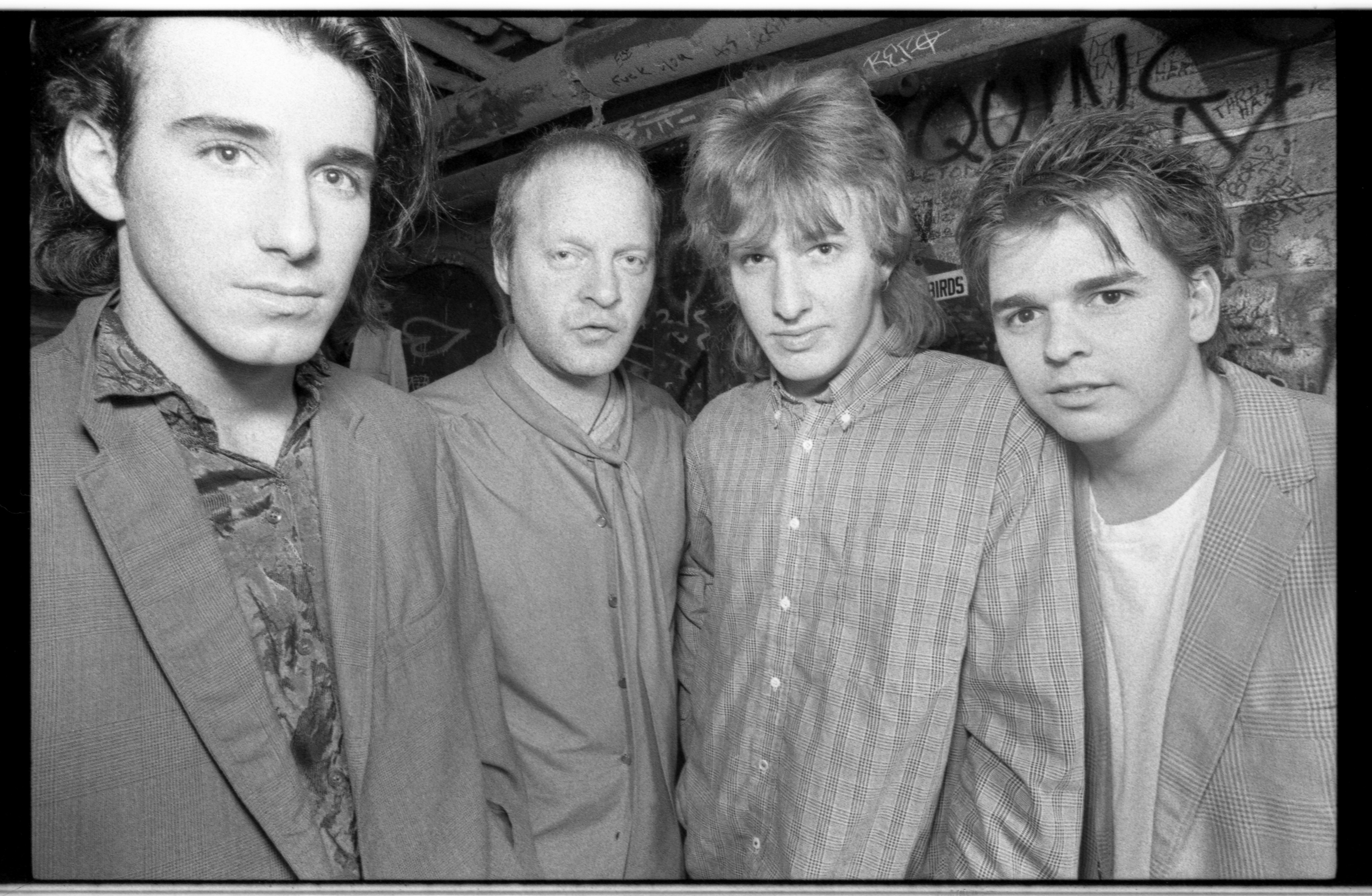
Photo: Dan Corrigan
With half of a record complete, Bleeding Hearts seemed to be a band poised on the cusp of some kind of breakthrough in 1993. The Replacements’ former manager Peter Jesperson had picked them as a band to watch in the local alt-weekly City Pages, and they played a triumphant show opening for Tommy Stinson’s new band Bash & Pop at the 7th Street Entry, in what was an emotional reunion for the Stinson family.
But behind the scenes, Bob was suffering, dealing with a combination of his own escalating mental and substance abuse issues—and reckoning with his son Joey’s health problems, as the infant had been diagnosed as a quadriplegic with cerebral palsy. “That really affected him. He’d talk about it but it was very hard on him,” recalled Leonard. “I think that drove him into a dark place.”
A professional complication in the band’s career came with a SPIN story that was published in the summer of 1993. Stinson, who’d been off the national radar since leaving The Replacements seven years earlier, had agreed to a feature interview in the magazine thinking it would help boost Bleeding Hearts profile. But the piece would instead focus on Stinson and his troubled Replacements’ past, painting him as a lost and wasted figure, while Bleeding Hearts were dismissed almost entirely. “We thought that was going to be a door opening for us, but it almost felt like a door closing,” said Leonard.
The story concludes in the liner notes—by Bob Mehr, author of the New York Times bestseller Trouble Boys: The True Story of the Replacements—from Riches to Rags, the long-lost album by Bleeding Hearts.







